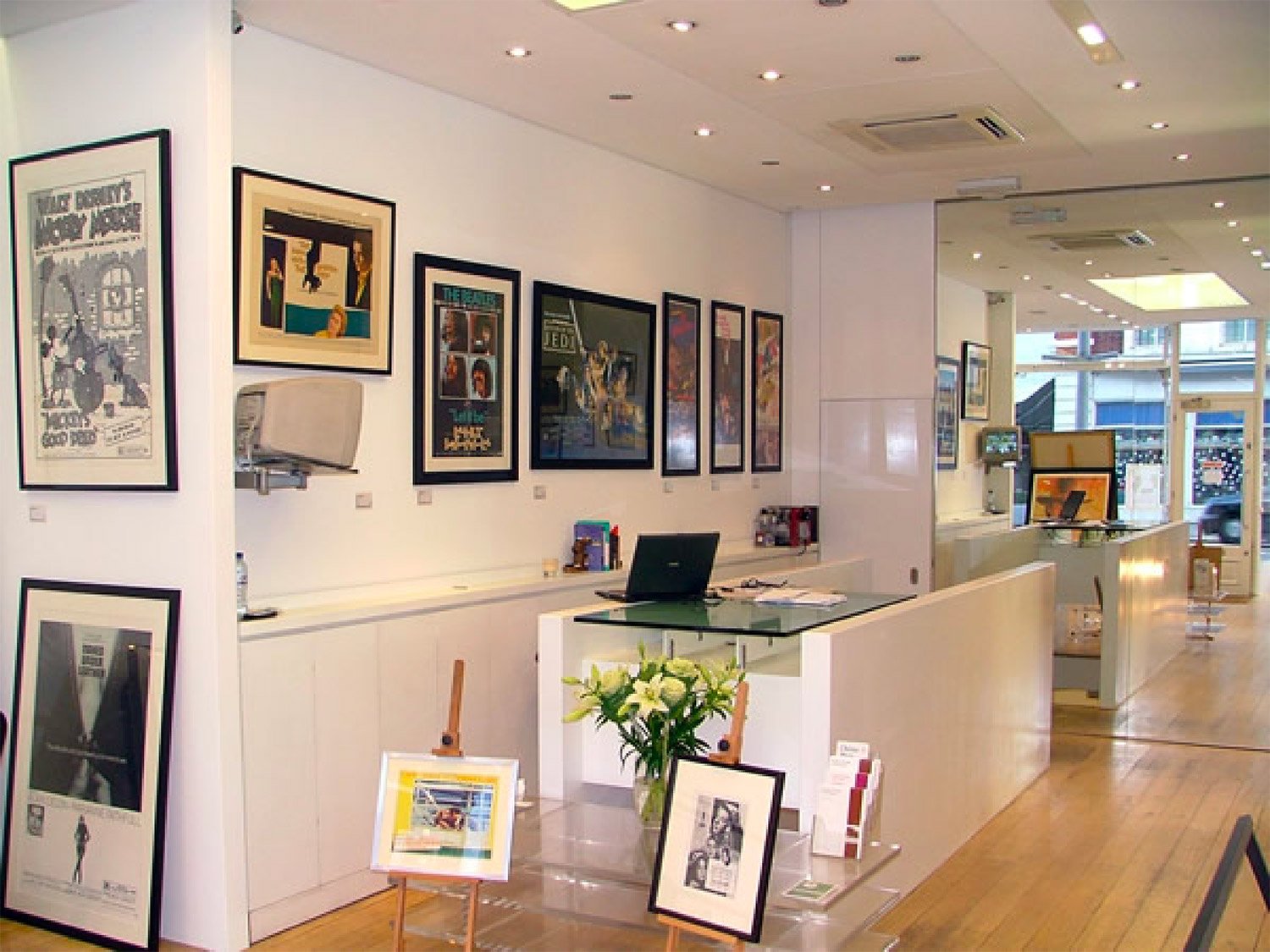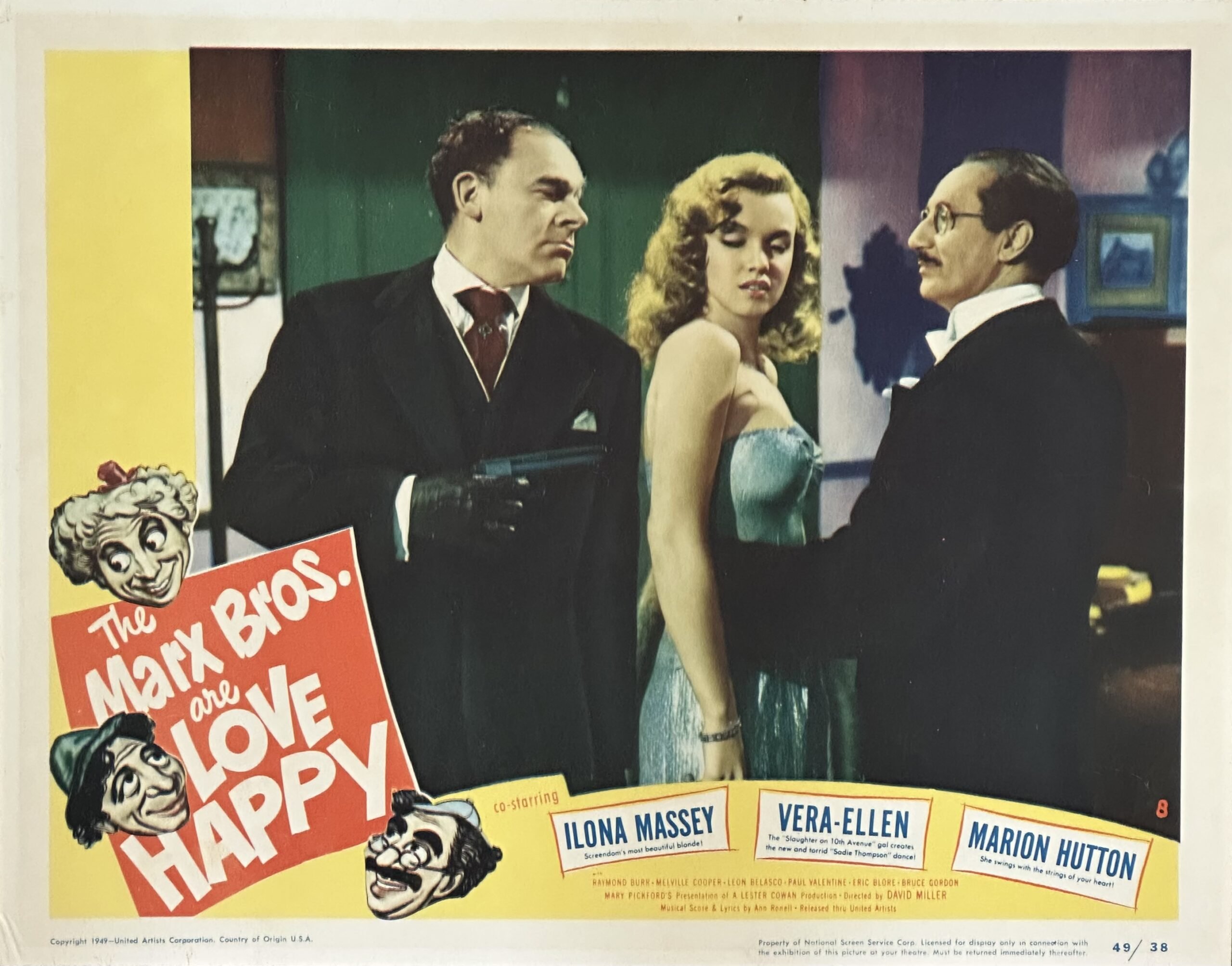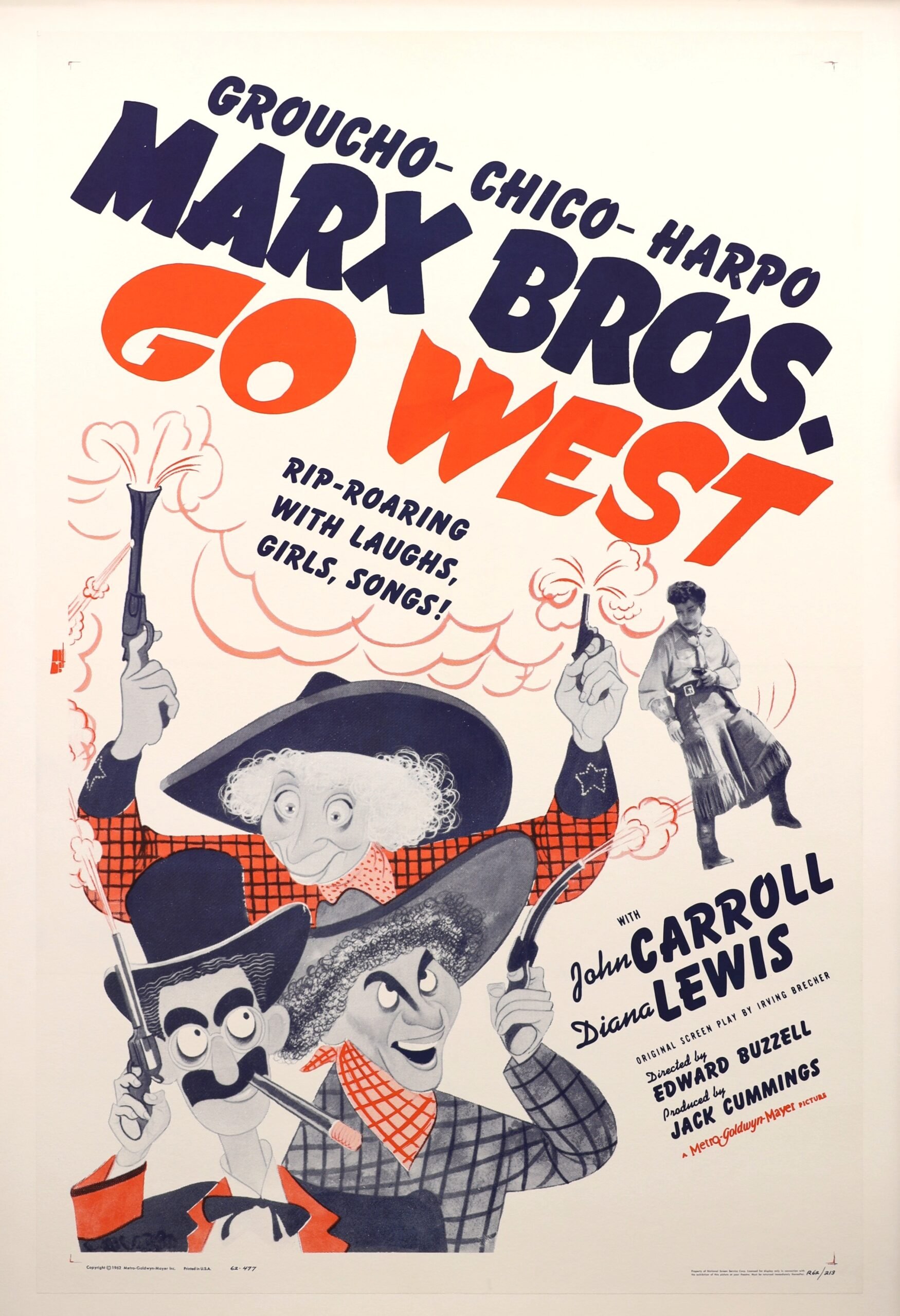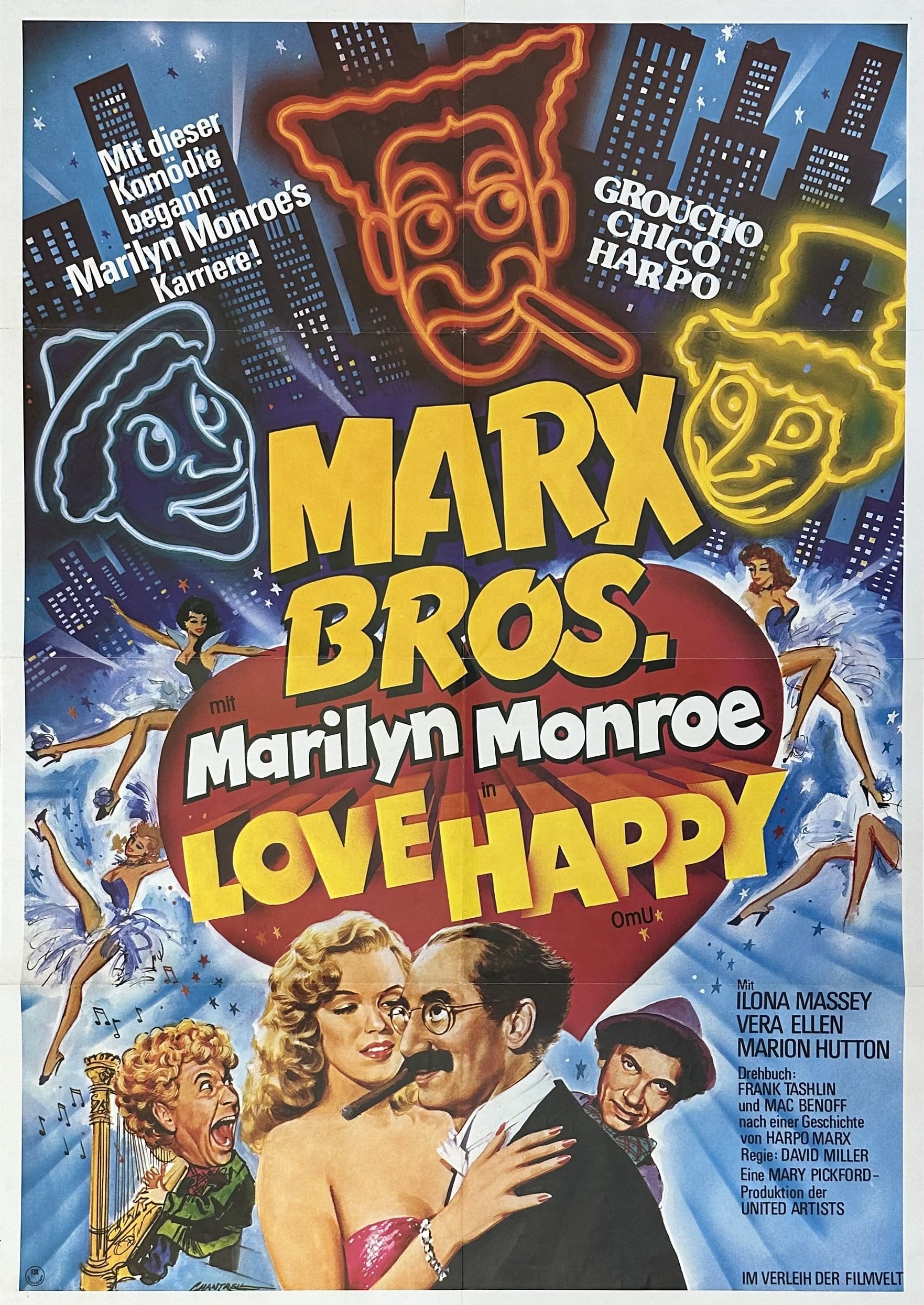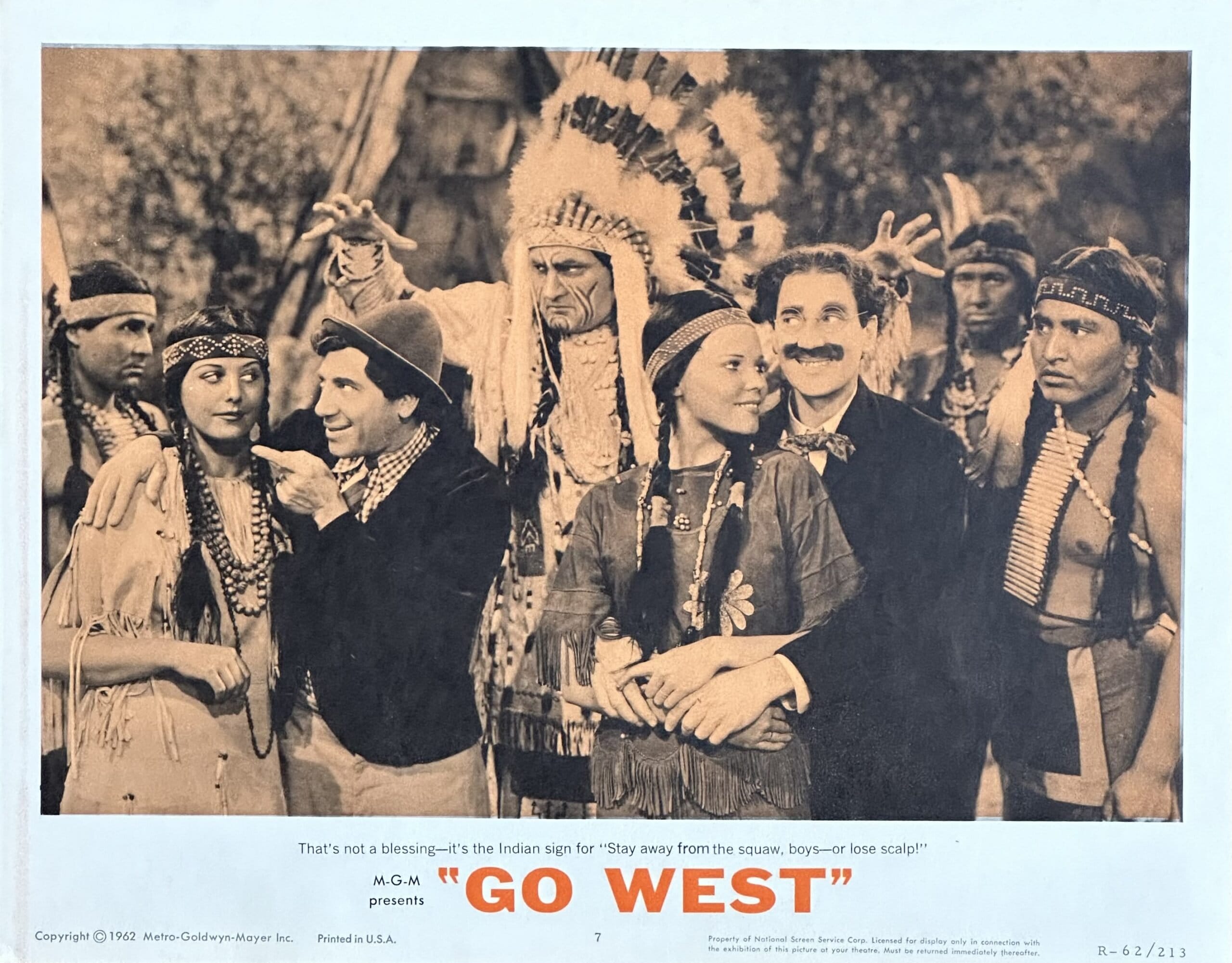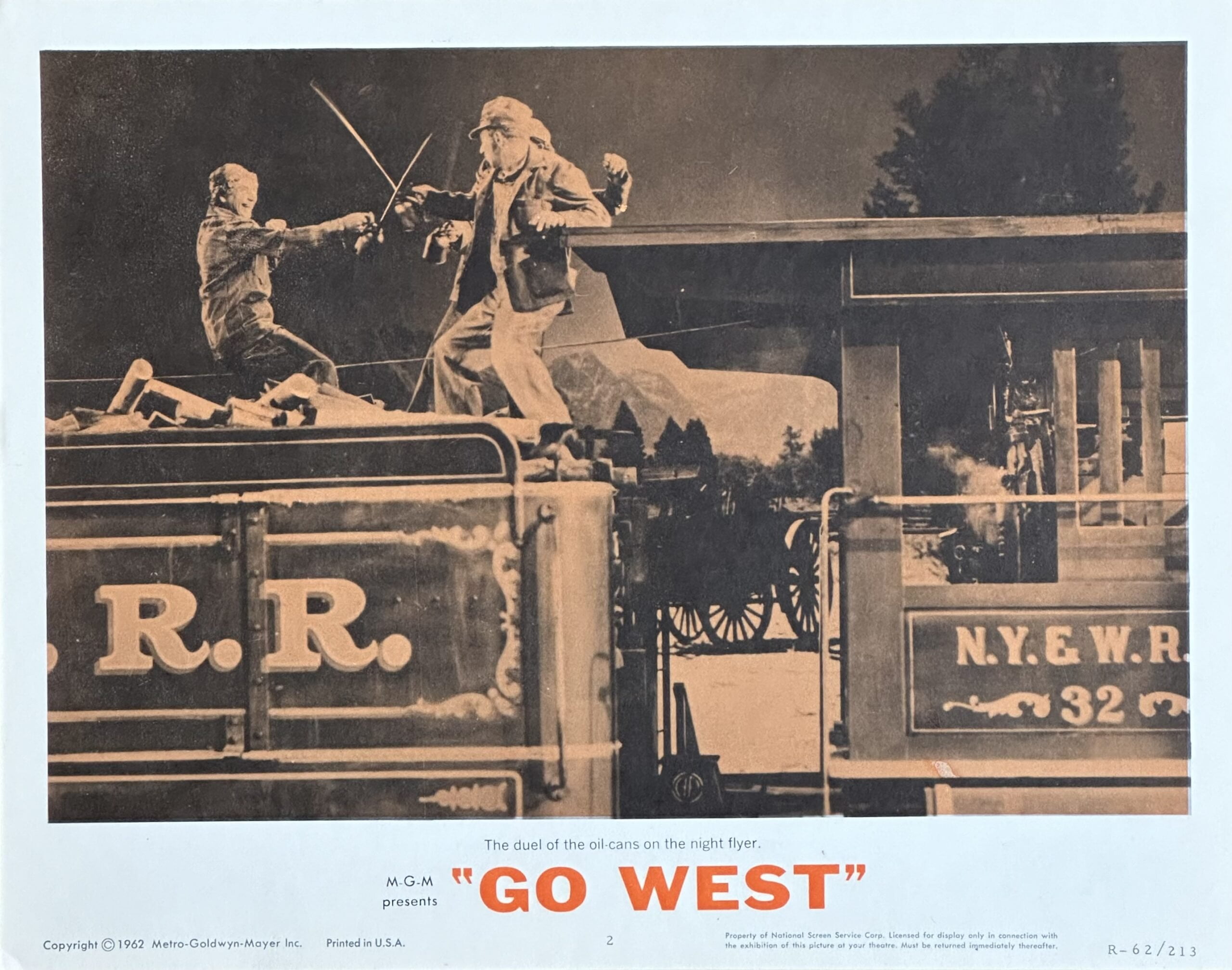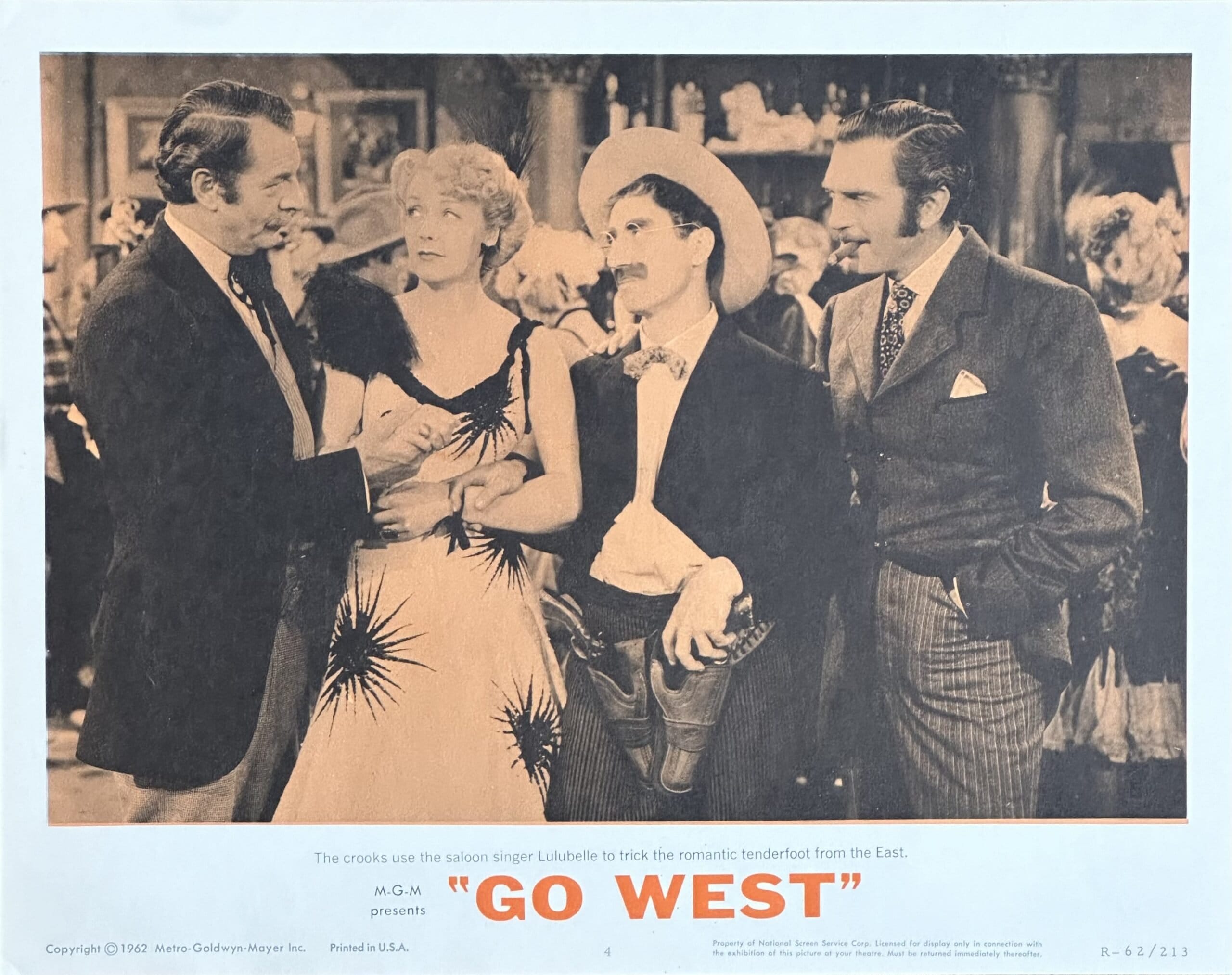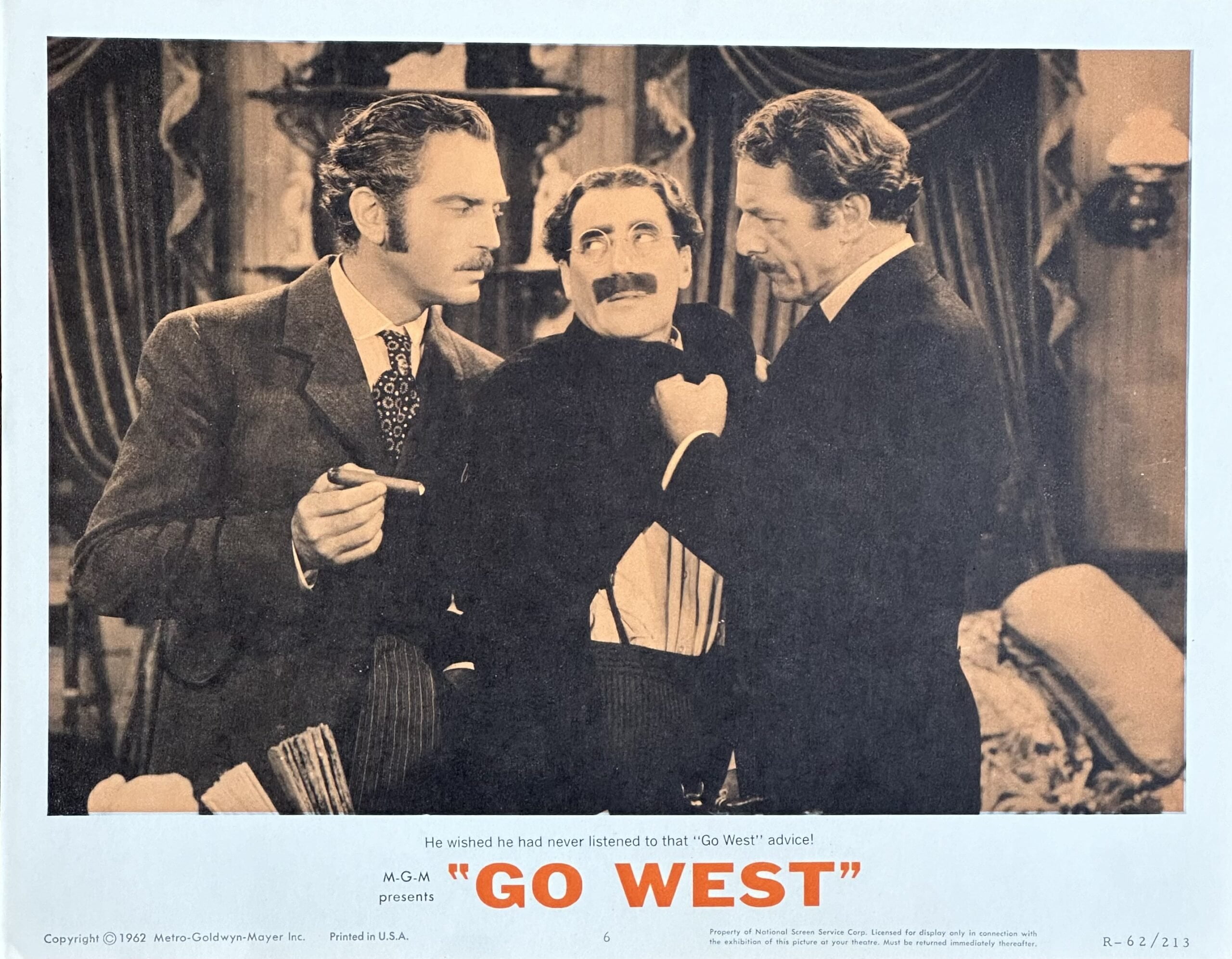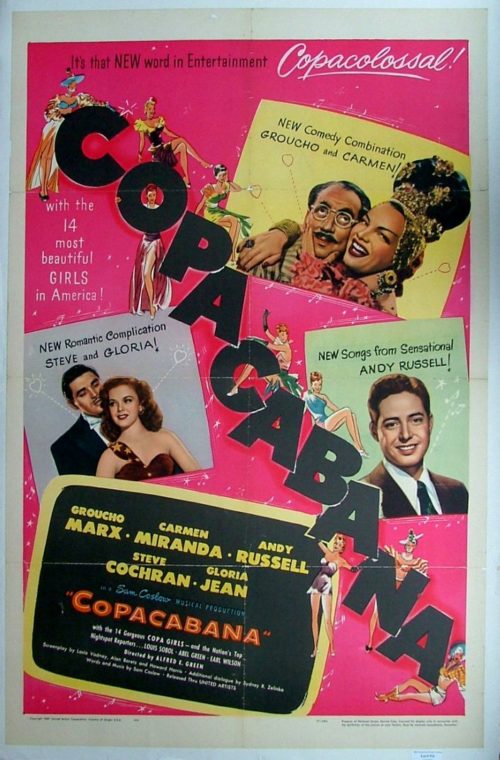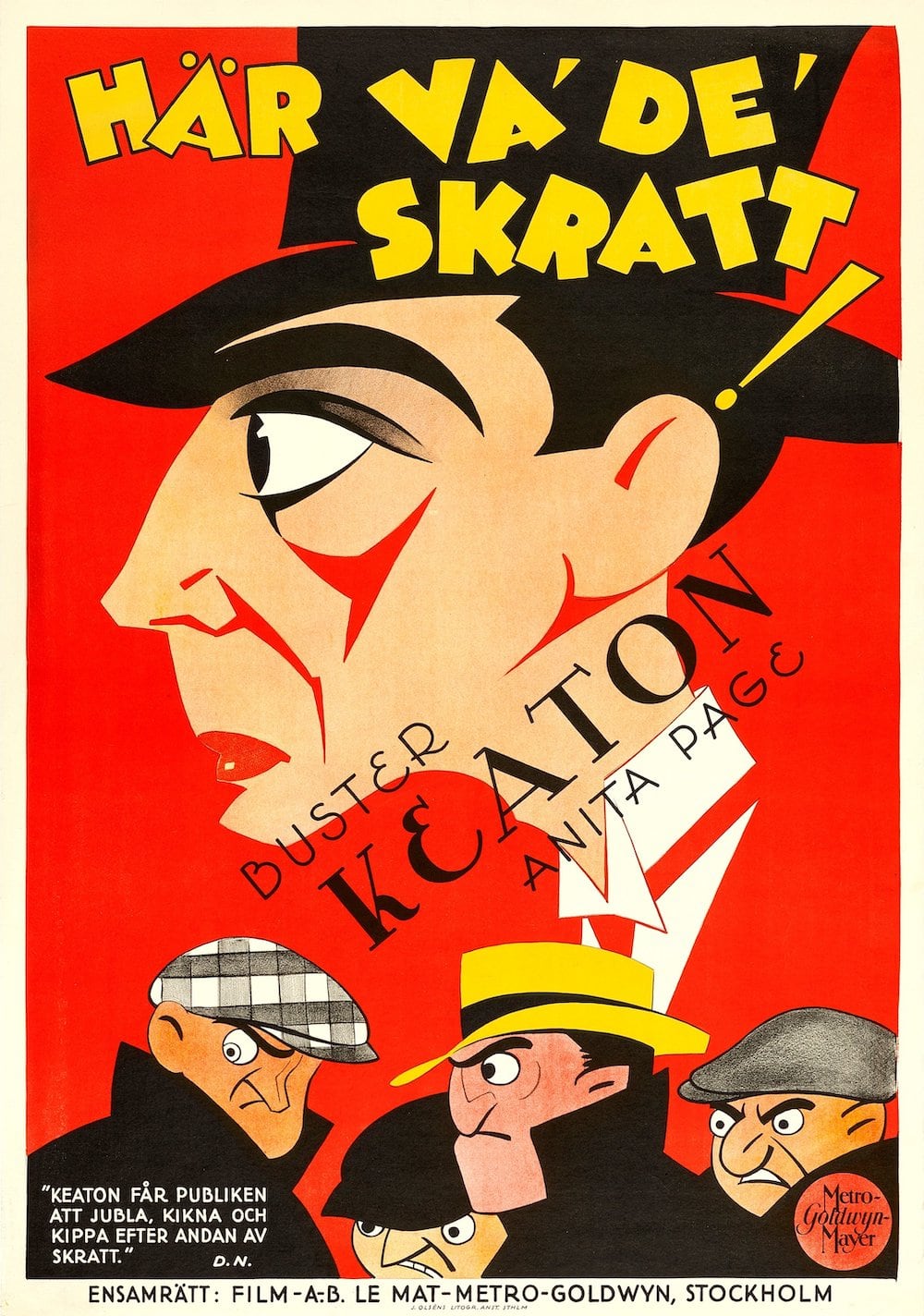The Marx Brothers
Groucho, Chico and Harpo have been entertaining film fans for over 90 years. They were always popular while they were making movies between 1929 and 1949. They later carved out successful individual tv careers which kept them in the public eye. Their films were discovered by a new generation of students and film academics in the 1960s Groucho was still performing to sell out houses in his 80s. They have been top sellers on video, DVD and streaming services. And their films still sell out and bring the house down at the NFT.
The Marx Brothers had been working the vaudeville stages of America for years before graduating to Broadway stardom in 1924. When Hollywood discovered sound, they were perfect for the new medium, and their first movie in 1929 was a filmed version of their New York hit, “The Cocoanuts”.
As was the next, “Animal Crackers” (1930), which introduced the African explorer, Captain Spaulding, one of Groucho’s classic roles. In fact, Groucho really just played Groucho – greasepaint moustache, waggling eyebrows, glasses and cigar, insulting or manipulating everyone around him.
Chico was the only one who could outwit Groucho, with his felt hat, idiosyncratic piano playing style, and vaguely Italianesque accent. He was also smart enough to know that there ain’t no Sanity Clause.
Harpo was wordless and carefree – curly hair, cutlery in his pocket, and sufficiently other worldly and uninhibited not to need a technique like Groucho’s for seducing women; happy instead just to honk his horn and run after them.
Zeppo was in the early films, playing incongruously normal straight male leads. In real life it was agent, Gummo, but in films, the fifth Marx Brother was Margaret Dumont.
After the relative failure of the (now recognised as) classic “Duck Soup” in 1933, they left Paramount and surprised everyone by signing for a big studio, MGM. They became more mainstream and were introduced to production values and romantic sub-plots.
But under the supervision of Irving Thalberg, MGM also encouraged their comedy to its greatest heights. For many, 1935’s “A Night at the Opera” is the ultimate Marx Brothers film.
Thalberg died before the release of 1937’s, “A Day at the Races”, and things weren’t really the same without him. They remained popular, but the quality started to dip, and they signed off with 1941’s “The Big Store” (the poster for which, like so many of their great films, featured the trademark artwork of classic American cartoonist, Al Hirschfeld).
Their first comeback was in 1946 with “A Night in Casablanca”, a semi return to top form, but only made because Chico’s gambling debts meant he needed the money. Their individual careers continued – on radio, tv, cabaret and stage. Groucho made several successful solo films. But shortly before Chico’s death in 1961, the Brothers were back together as a team and halfway through a pilot for a new tv show.
There was also one more Marx Brothers film (not counting 1957’s “The Story of Mankind”, in which all three Marxes appeared, but not together). Initially planned as a solo vehicle for Harpo, then as a two-hander with Chico, the financiers weren’t persuaded about 1949’s “Love Happy” until Groucho agreed to appear.
His role was little more than an extended cameo, but it gave him the chance to don deerstalker and magnifying glass as a private eye, and also to share a short scene with film newcomer, Marilyn Monroe. It wasn’t actually her first film, but when it was re-released, her image appeared on the poster, above the line, “The Picture That Discovered Marilyn Monroe”.
Some of our current Marx Brothers stock
-

Love Happy
£0.00SOLD
Format: Lobby CardView -

Go West
£595.00In stock
Format: One SheetView -

Love Happy
£195.00In stock
Format: A1View -

Go West
£145.00In stock
Format: Lobby CardView -

Go West
£120.00In stock
Format: Lobby CardView -

Go West
£125.00In stock
Format: Lobby CardView -

Go West
£140.00In stock
Format: Lobby CardView -

Go West
£125.00In stock
Format: Lobby CardView -

Go West
£125.00In stock
Format: Lobby CardView -

Copacabana
£495.00In stock
Format: One SheetView -

Love Happy
£495.00In stock
Format: Lobby CardView


